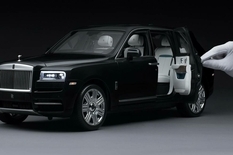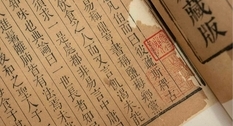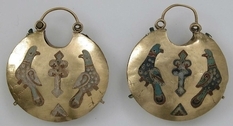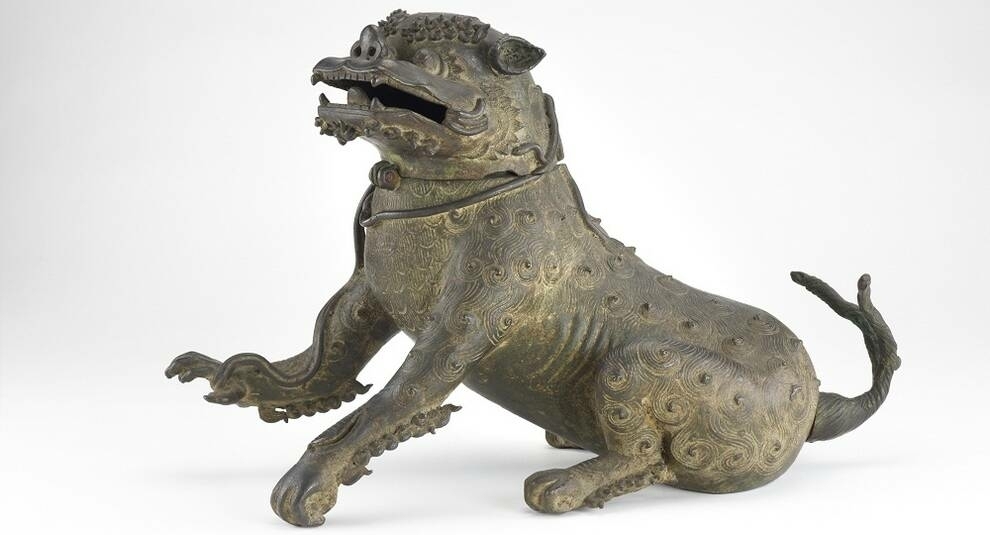
Charles Freer and his passion for the East (part II)
We continue the story of Charles Freer. The American collector had his own view of his favorite hobby, and paid attention to the beauty of each individual item. He believed that a masterpiece of art does not require an explanation and introduction to the cultural context. Each copy of his collection is an aesthetic whole, not necessarily that it tells about any problems, whether they are social, political or religious. In addition, Freer's behavior was different from that of most collectors of his time. He tried to keep in touch with contemporary authors, from whom he bought paintings, supported them, and long before bequeathing rarities to the Smithsonian institution, he considered creating his own Museum project.
When the decision was made to transfer the collection to the Institute, Freer immediately donated 2,250 items. After his death, another 9500 artifacts and works of art were moved here. Among them were 3,400 thousand works from China, more than 1,800 thousand from Japan, almost 1,700 thousand from Egypt, as well as many other artifacts from different countries. Over the next 50 years, the Museum bought several thousand more rarities.
The proposal to turn the collection into an exhibition was received in 1905. Freer wrote a letter to Theodore Roosevelt, then President of the United States, with the idea of bequeathing the collection of artifacts. The collector showed concern not only for his heritage, but also for those who were supposed to keep an eye on it. He described the process of hiring a curator, set the salary that was to come from Freer's shares. In addition, he allocated the remaining income to study the art of middle Eastern and Asian countries. In 1916, the construction of the Freer gallery began, the construction of which was financed by the collector, allocating 1 million dollars.
In the next article, we will talk about the Freer Gallery of art, which is located in Washington (USA). And now we present Chinese rarities from his extensive collection.
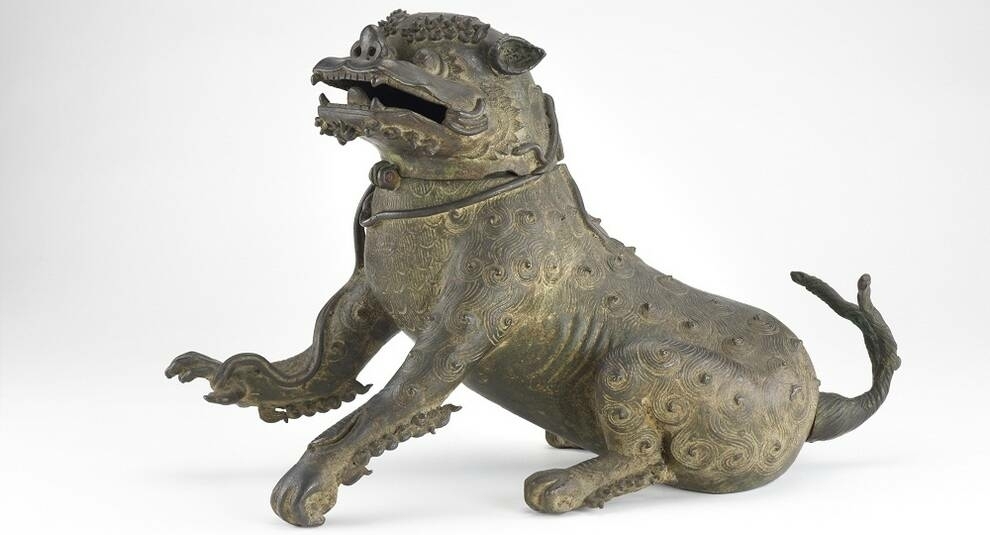
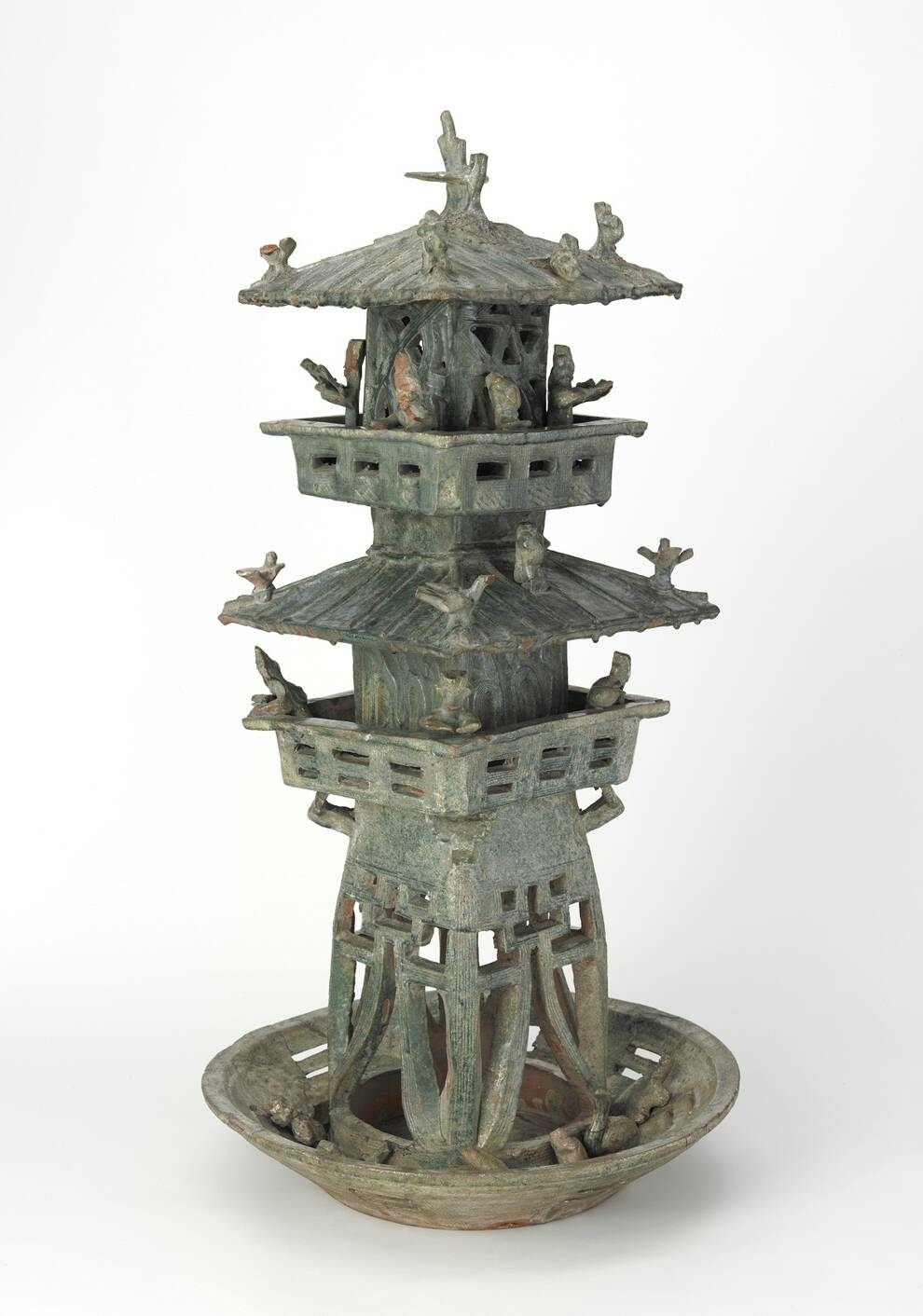
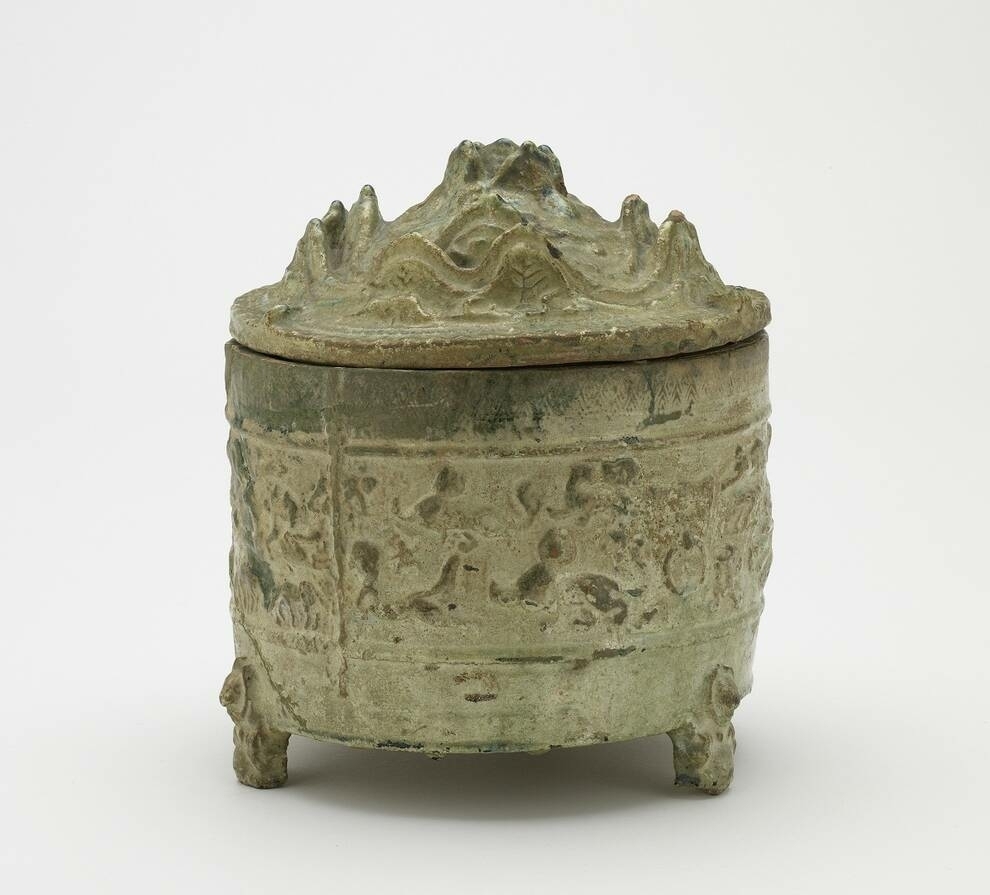
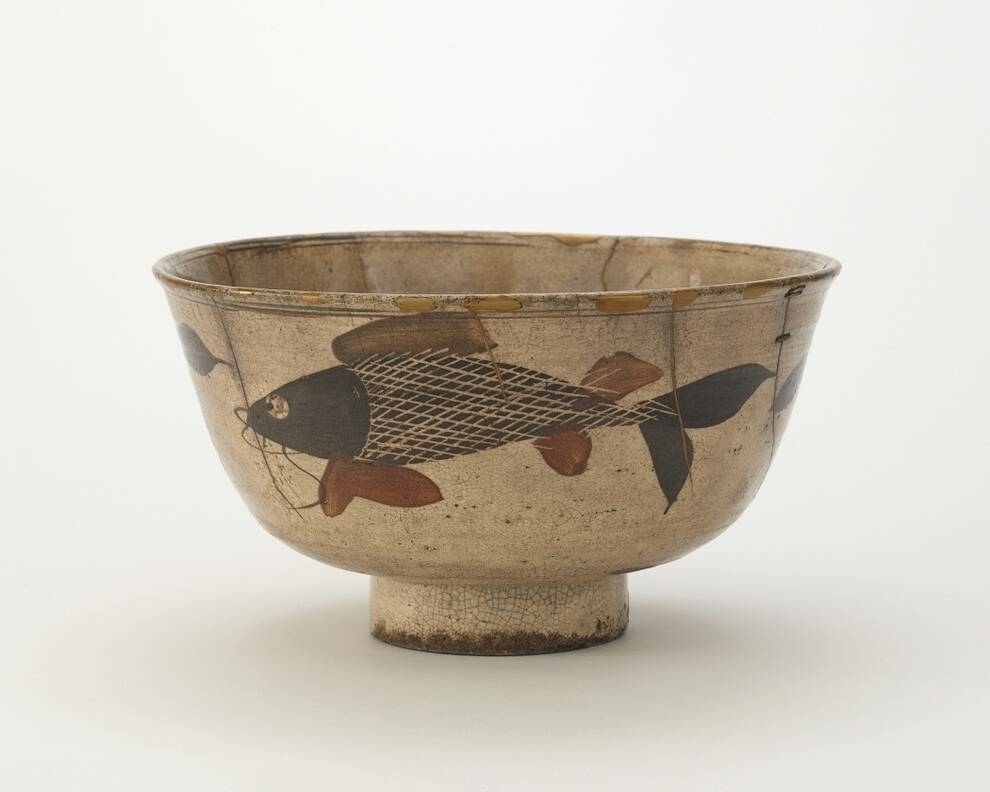
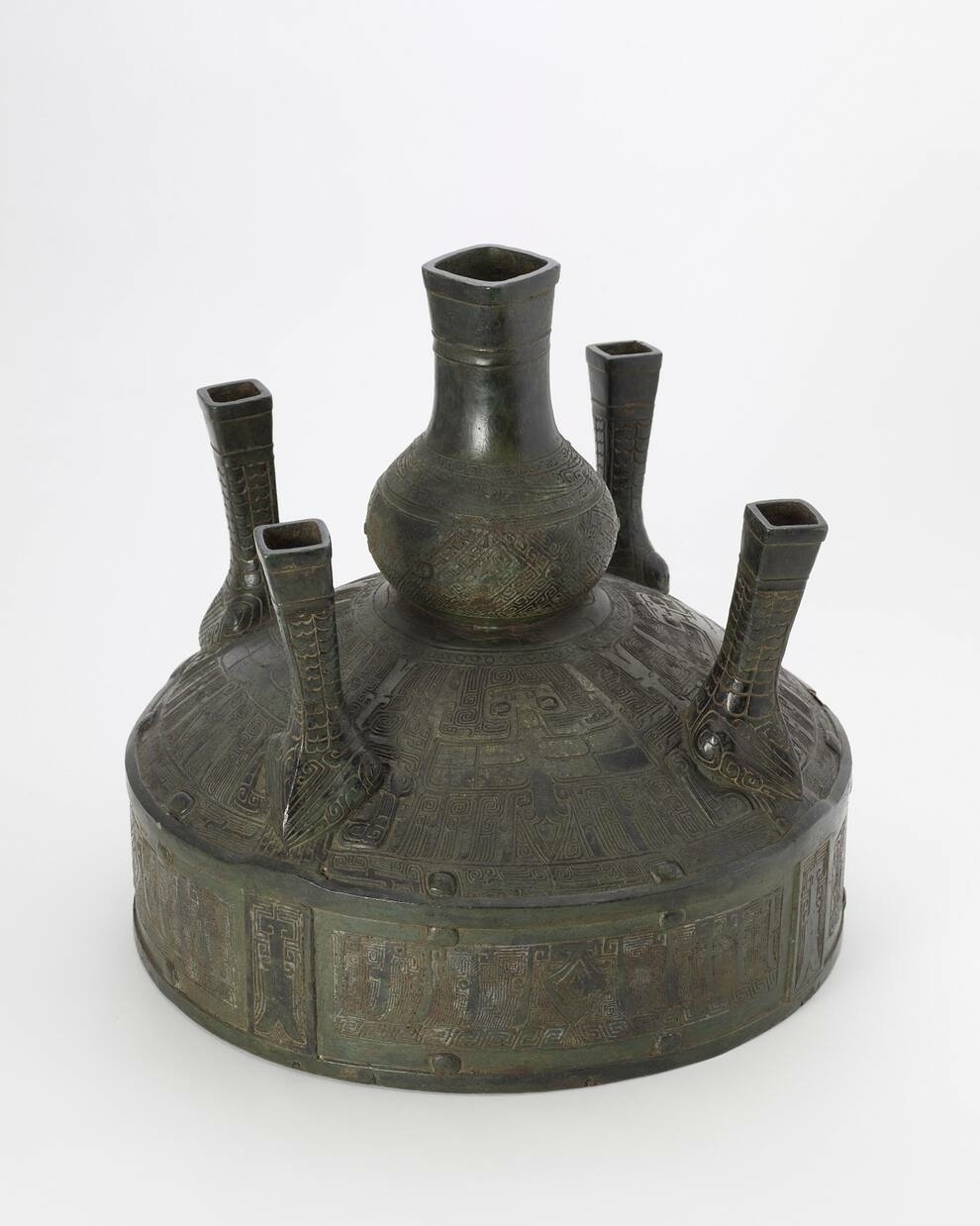
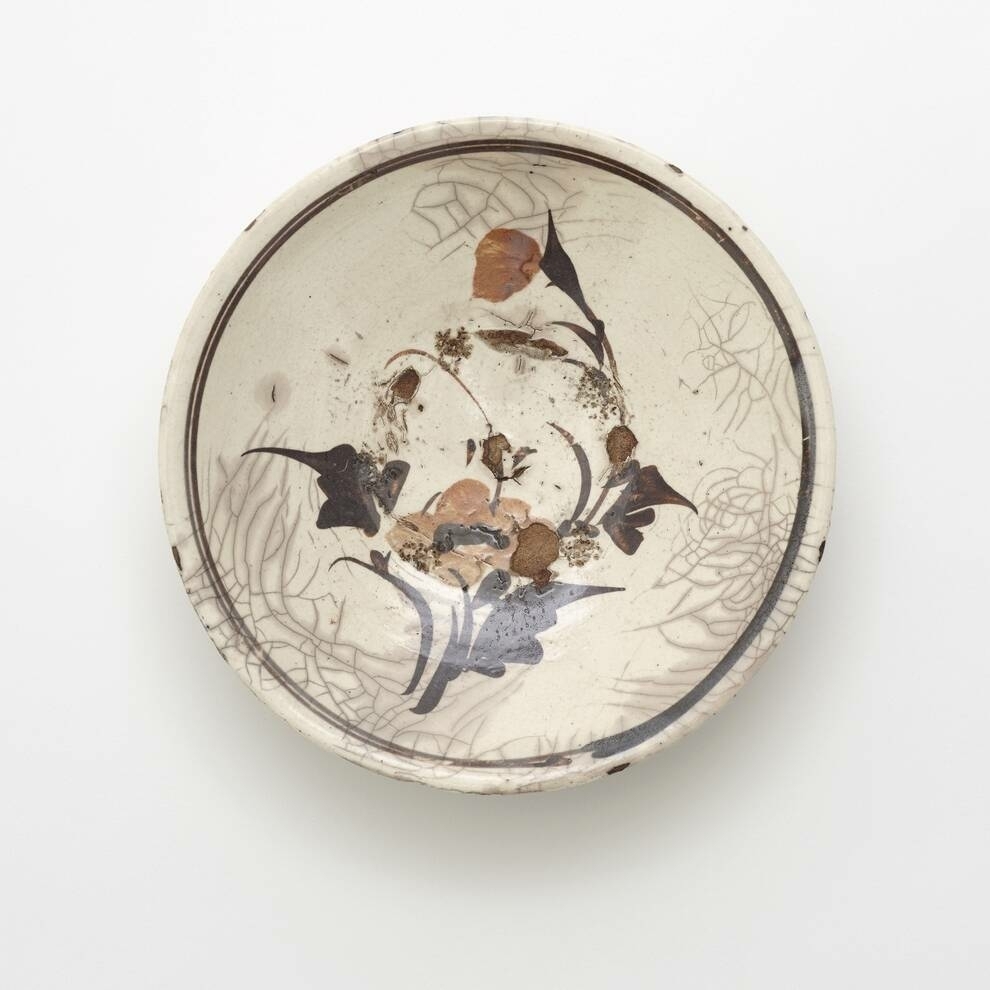
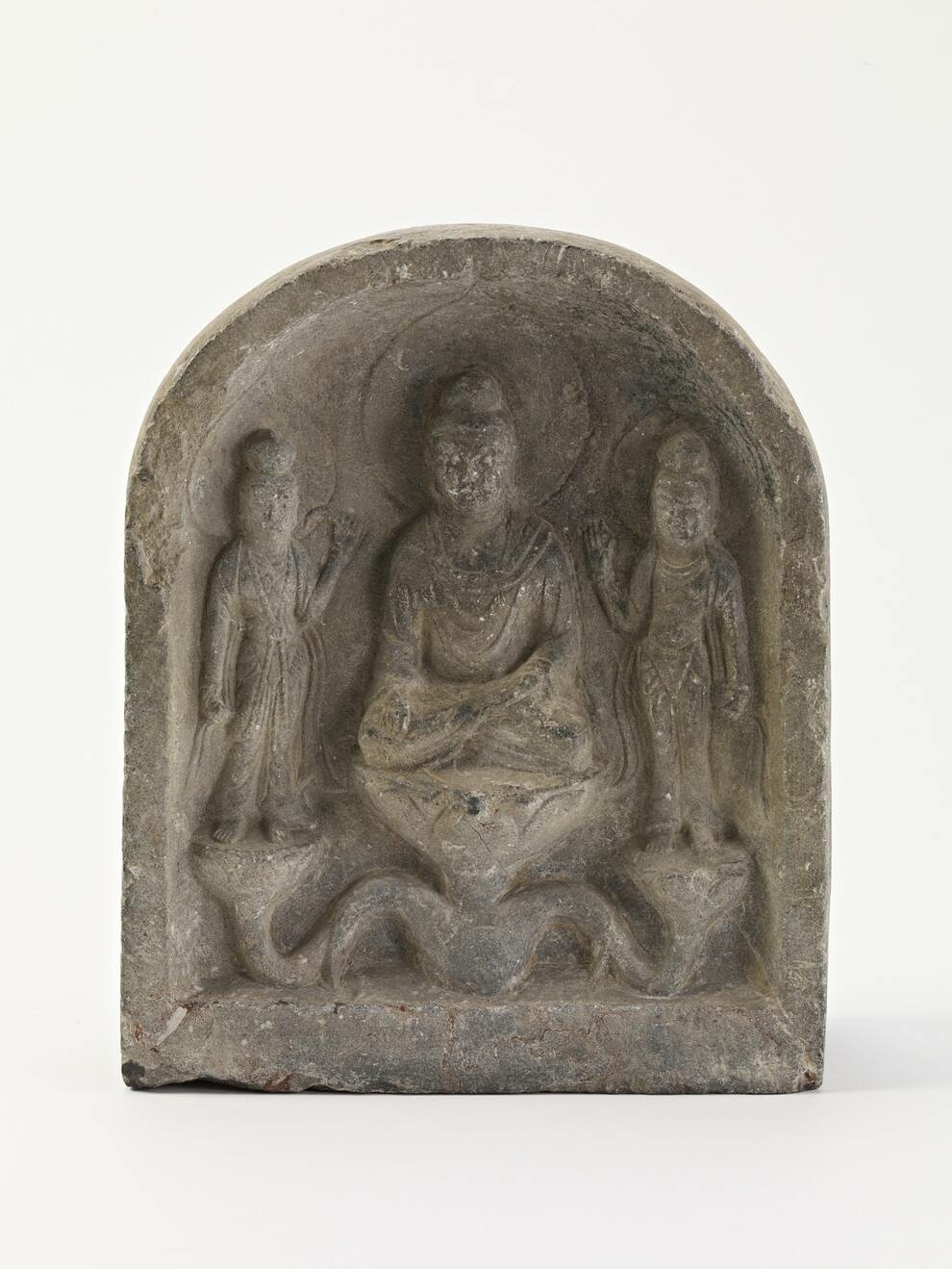
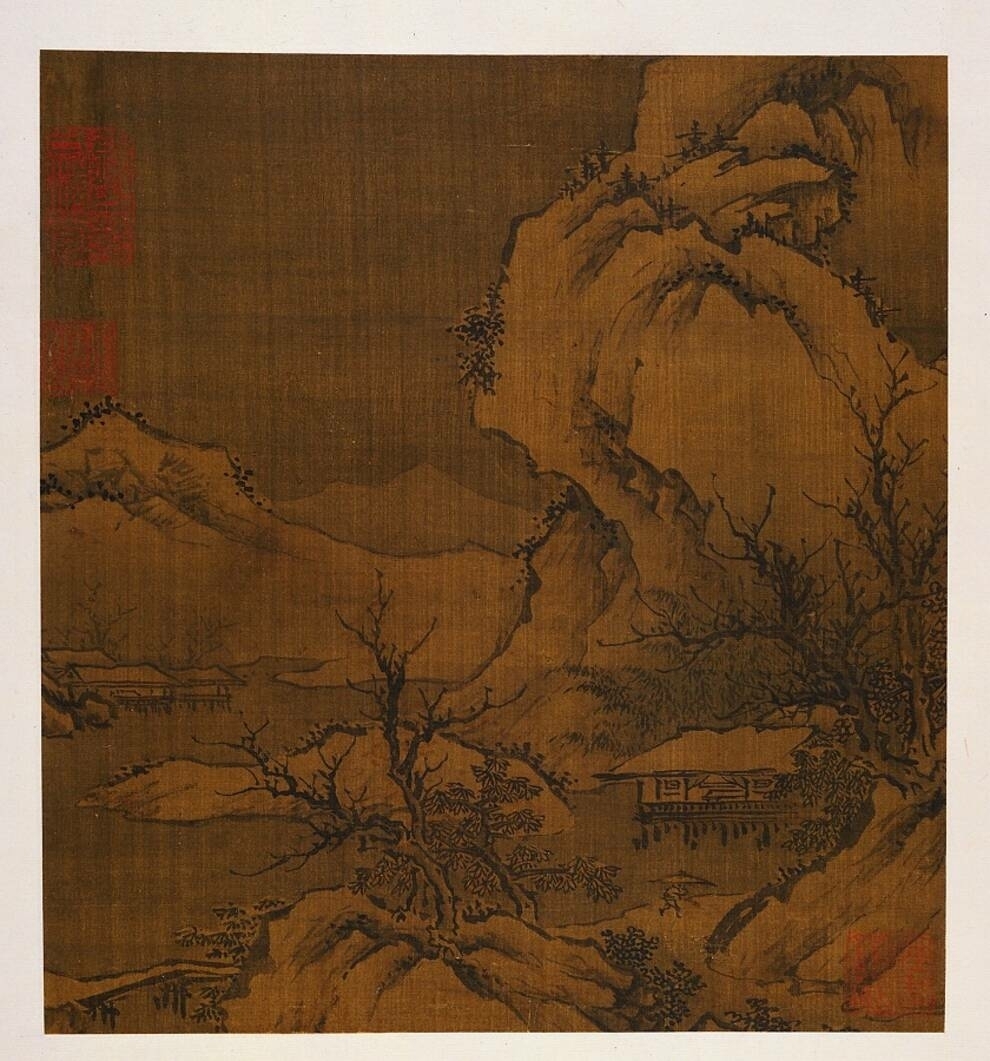
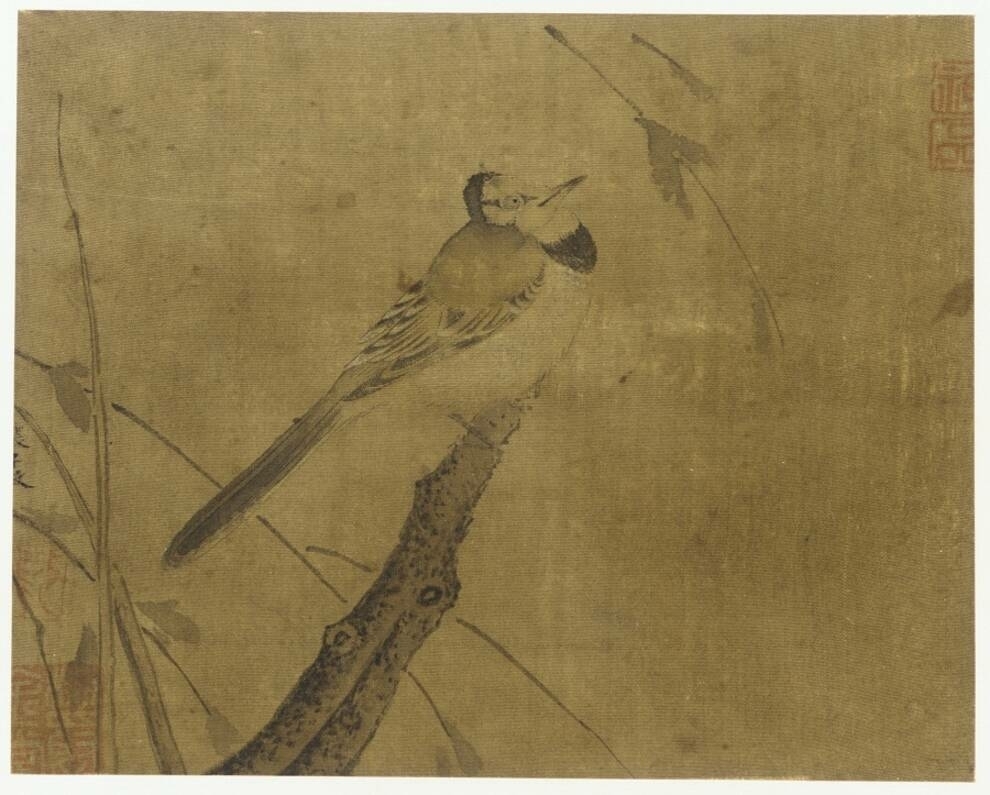
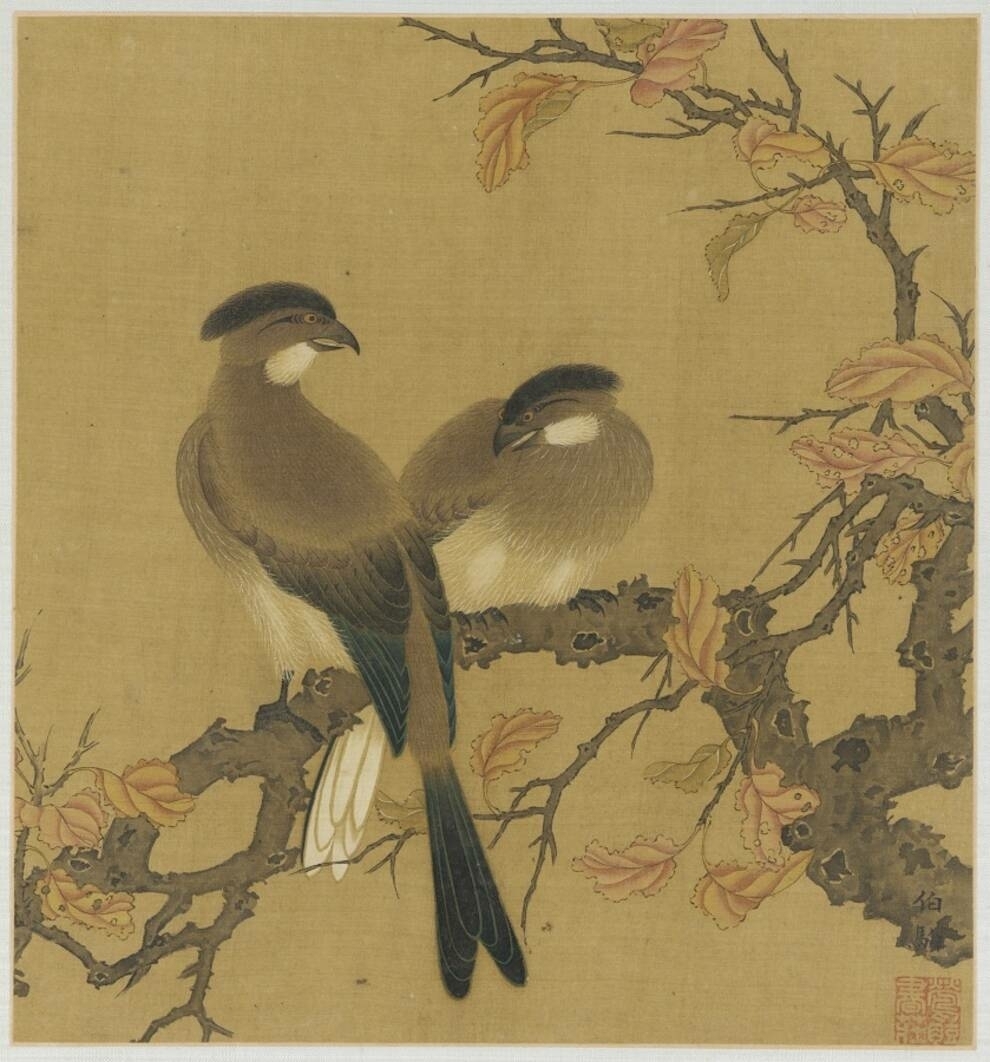
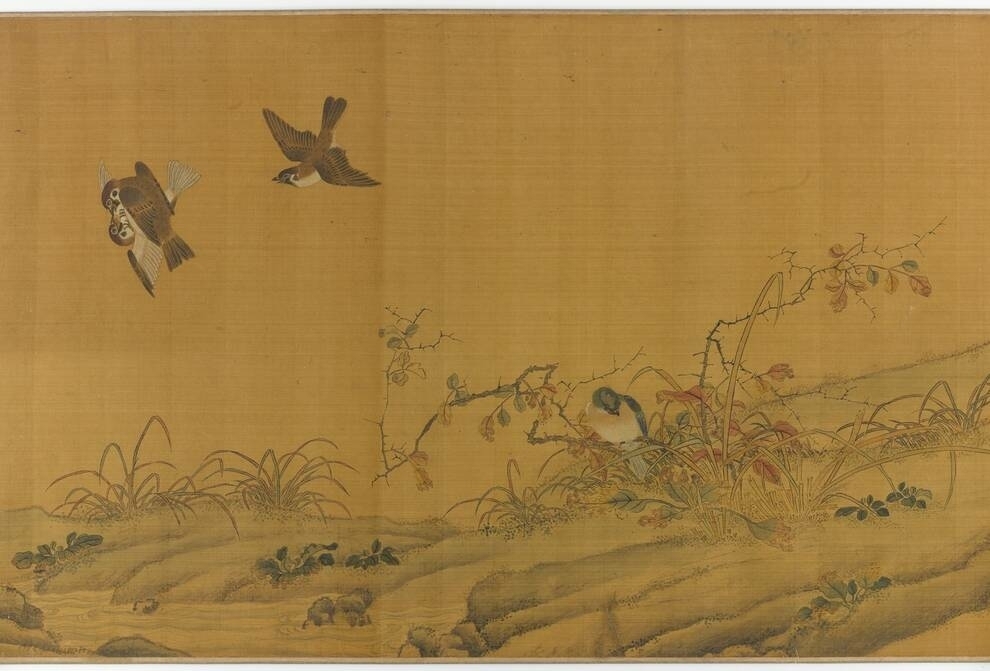
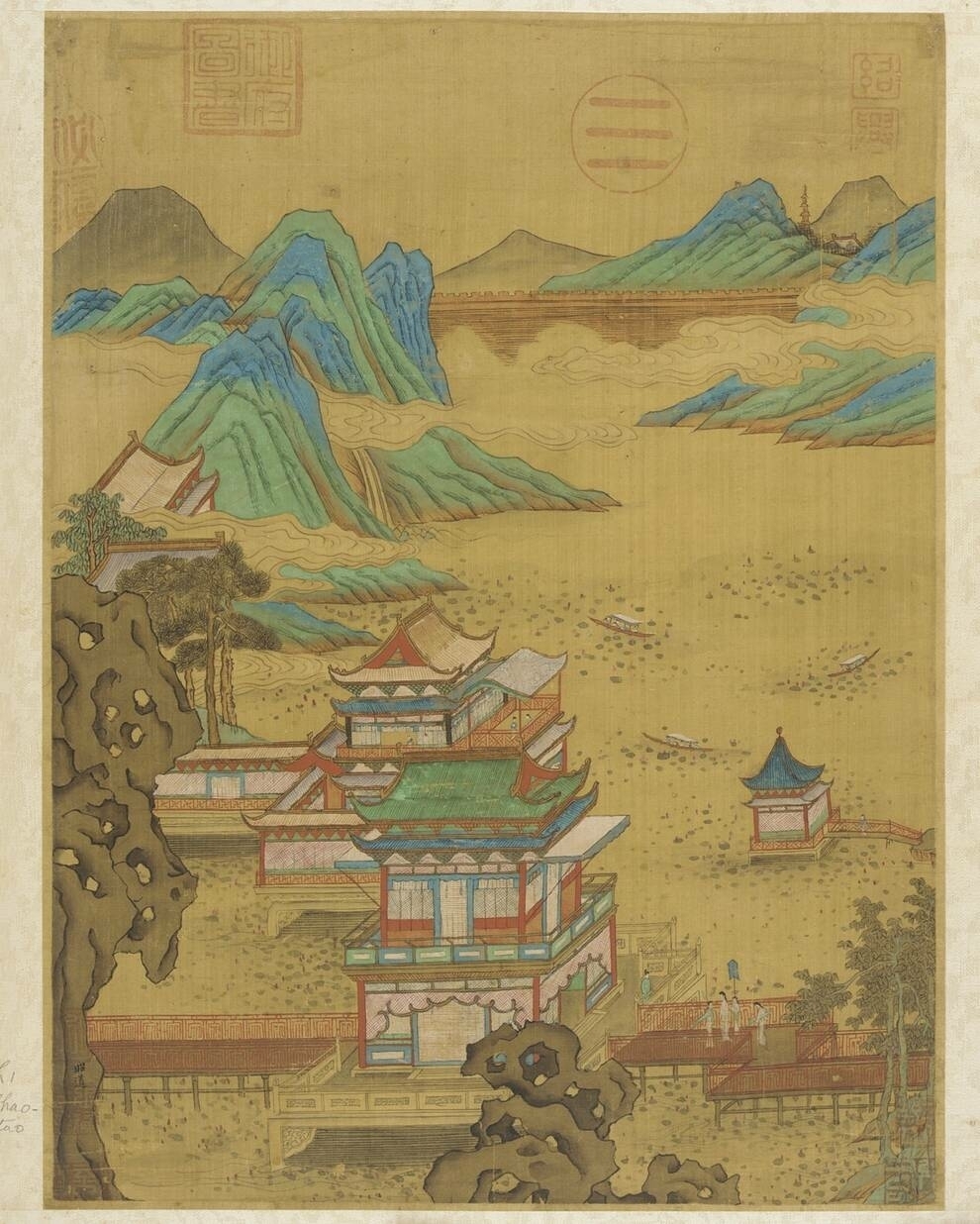
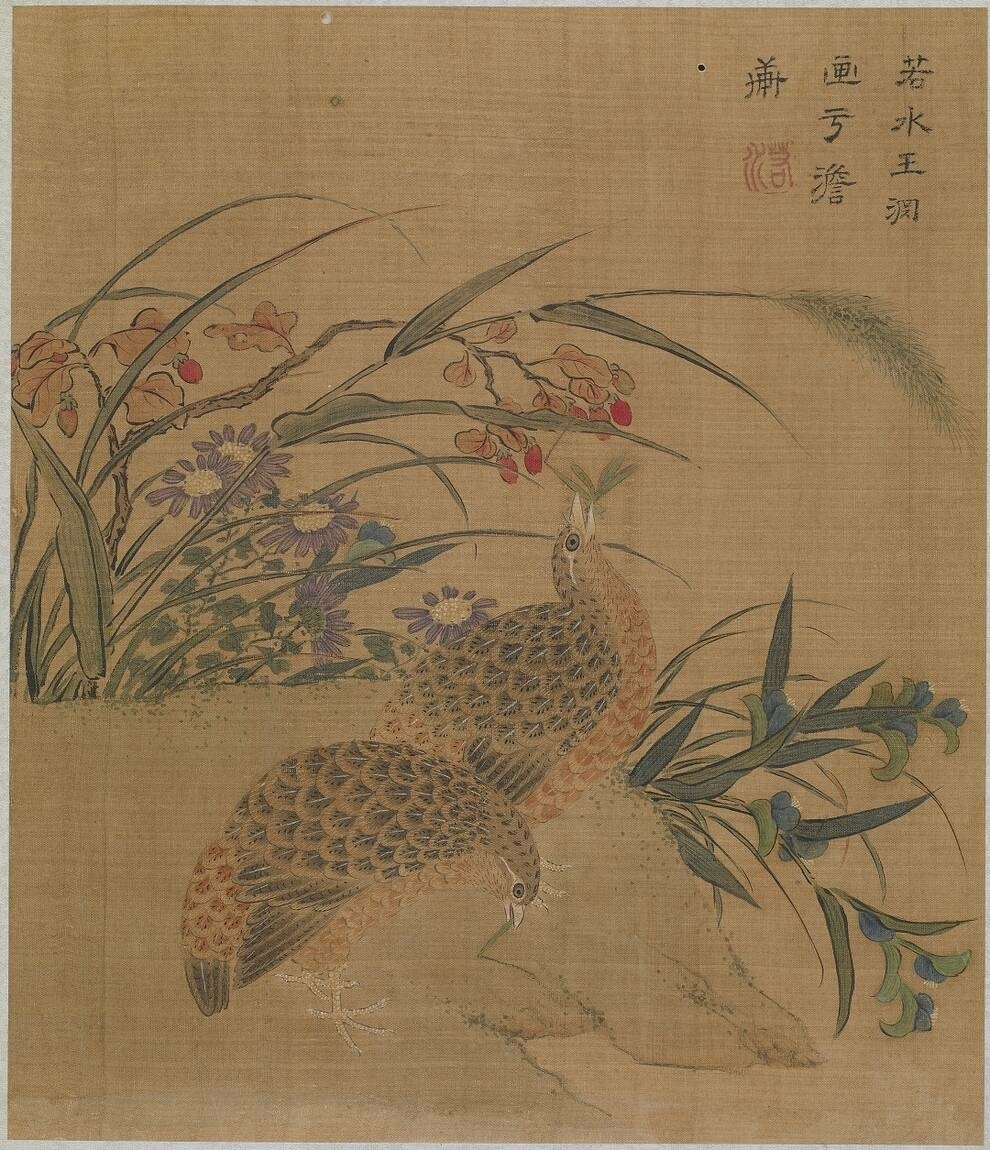
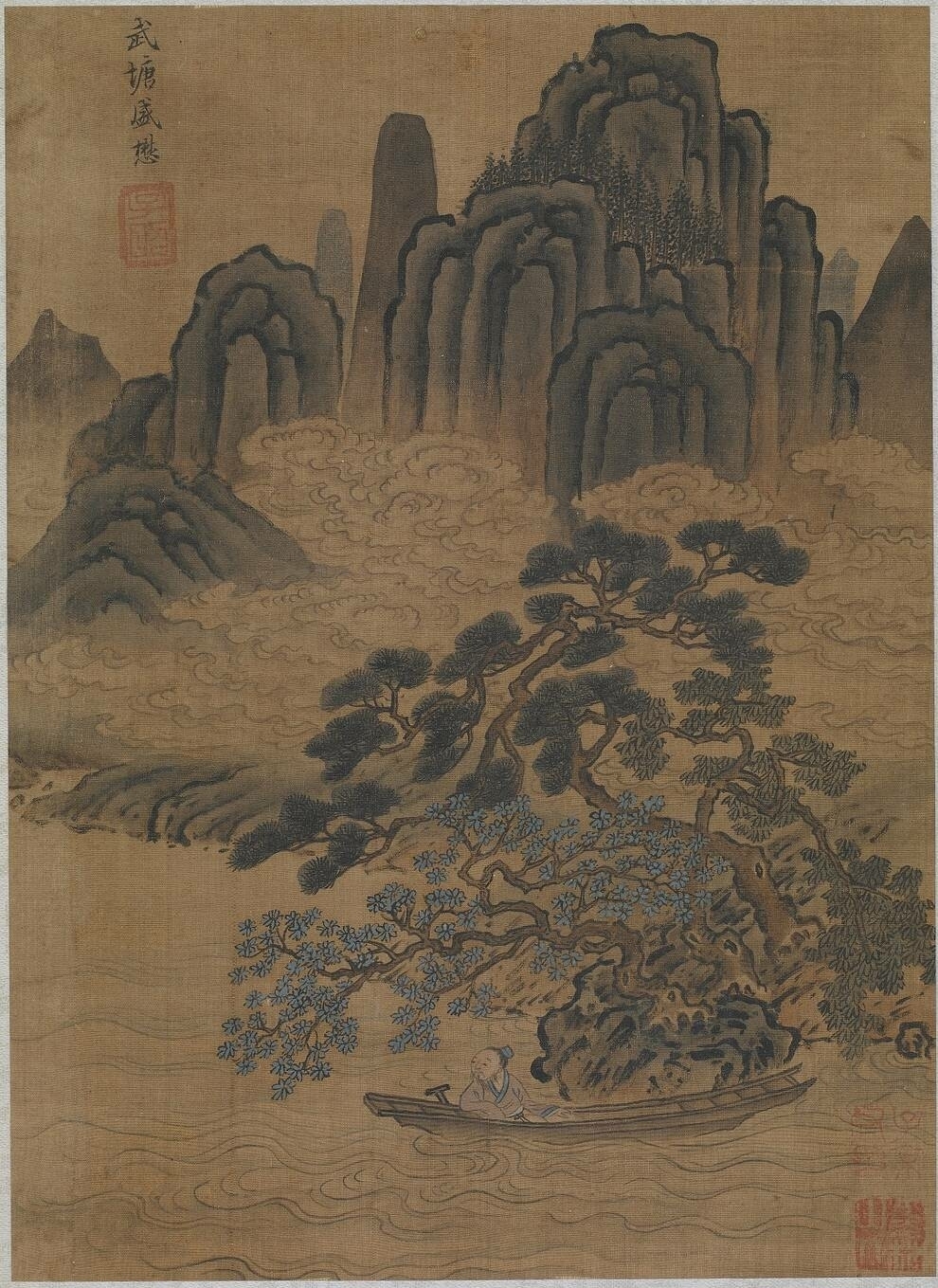
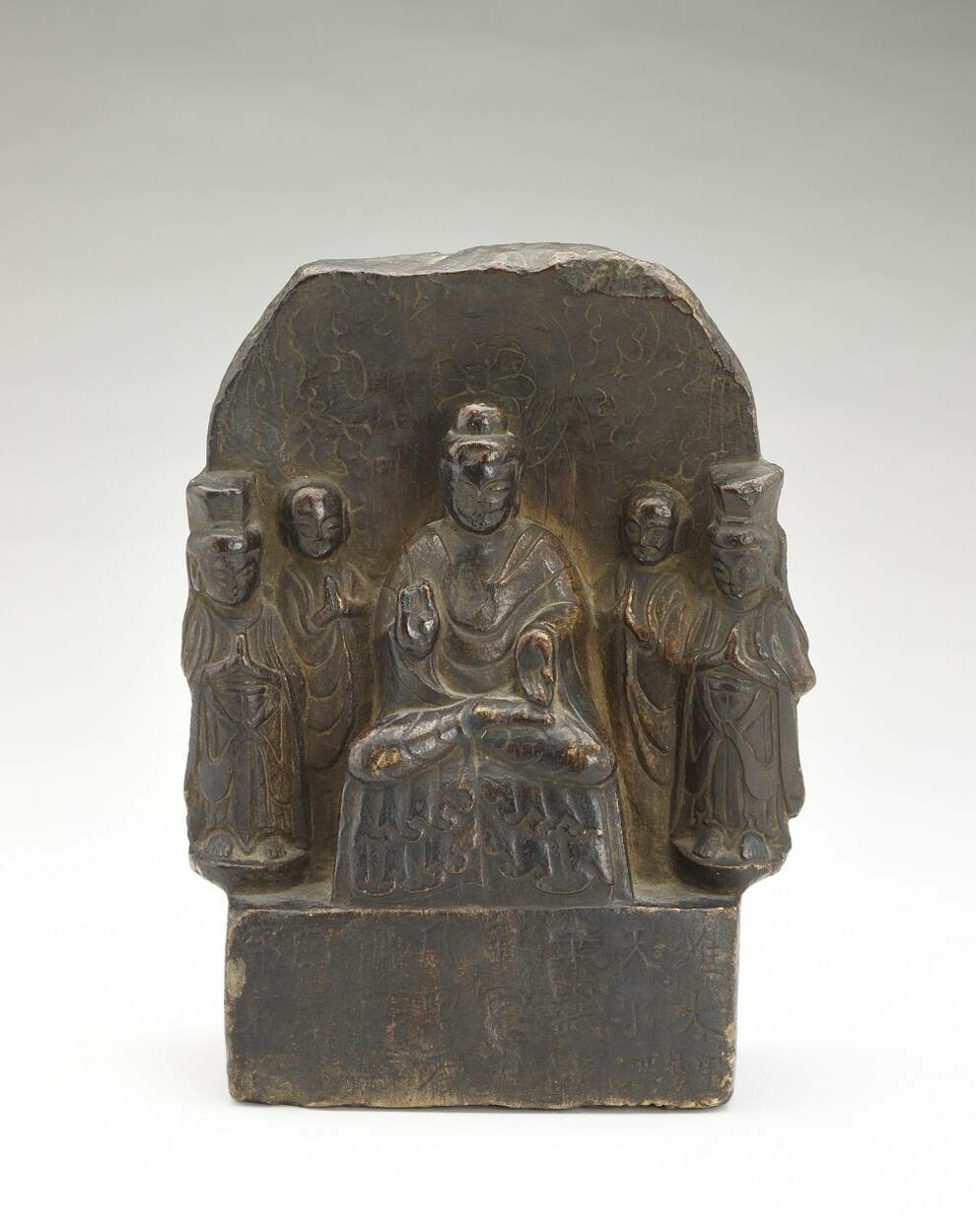
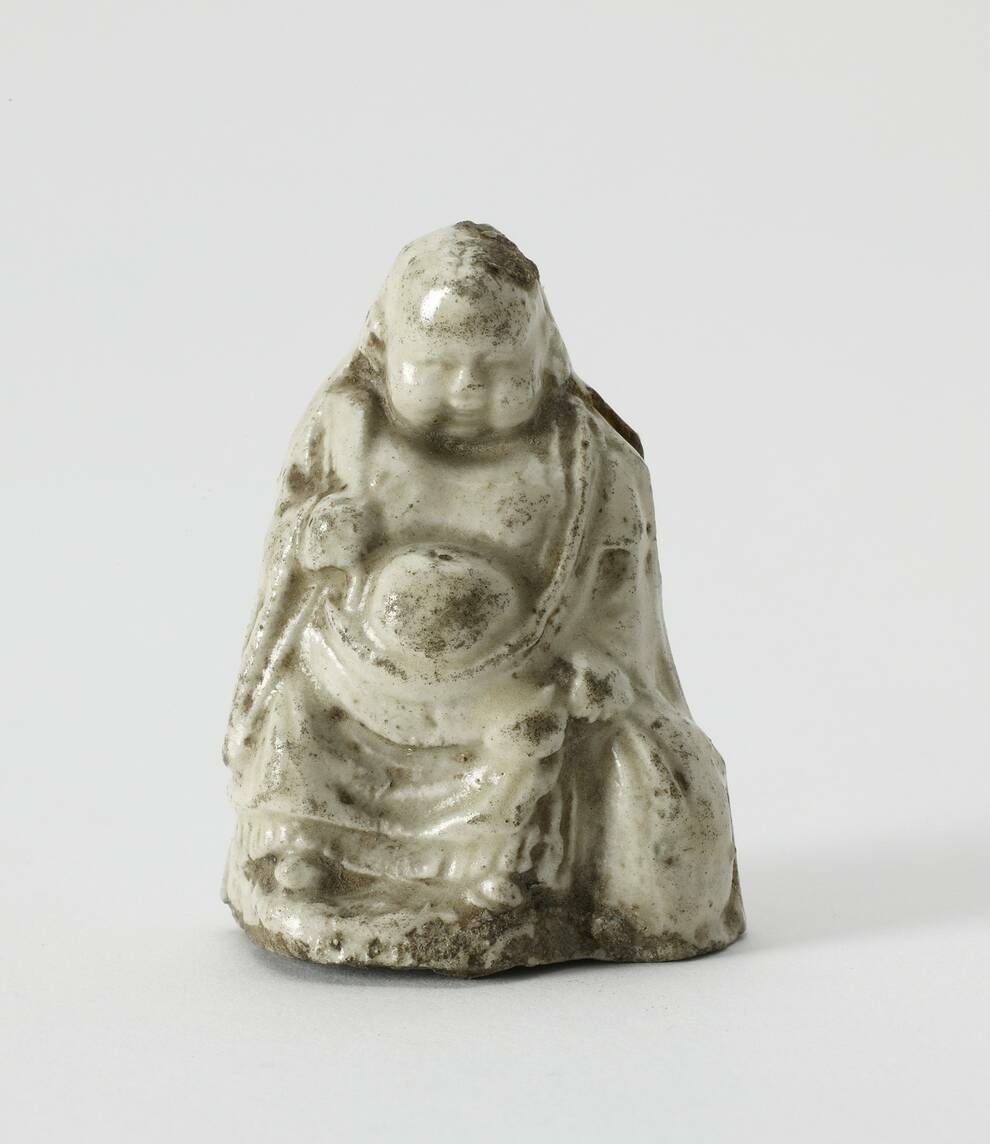
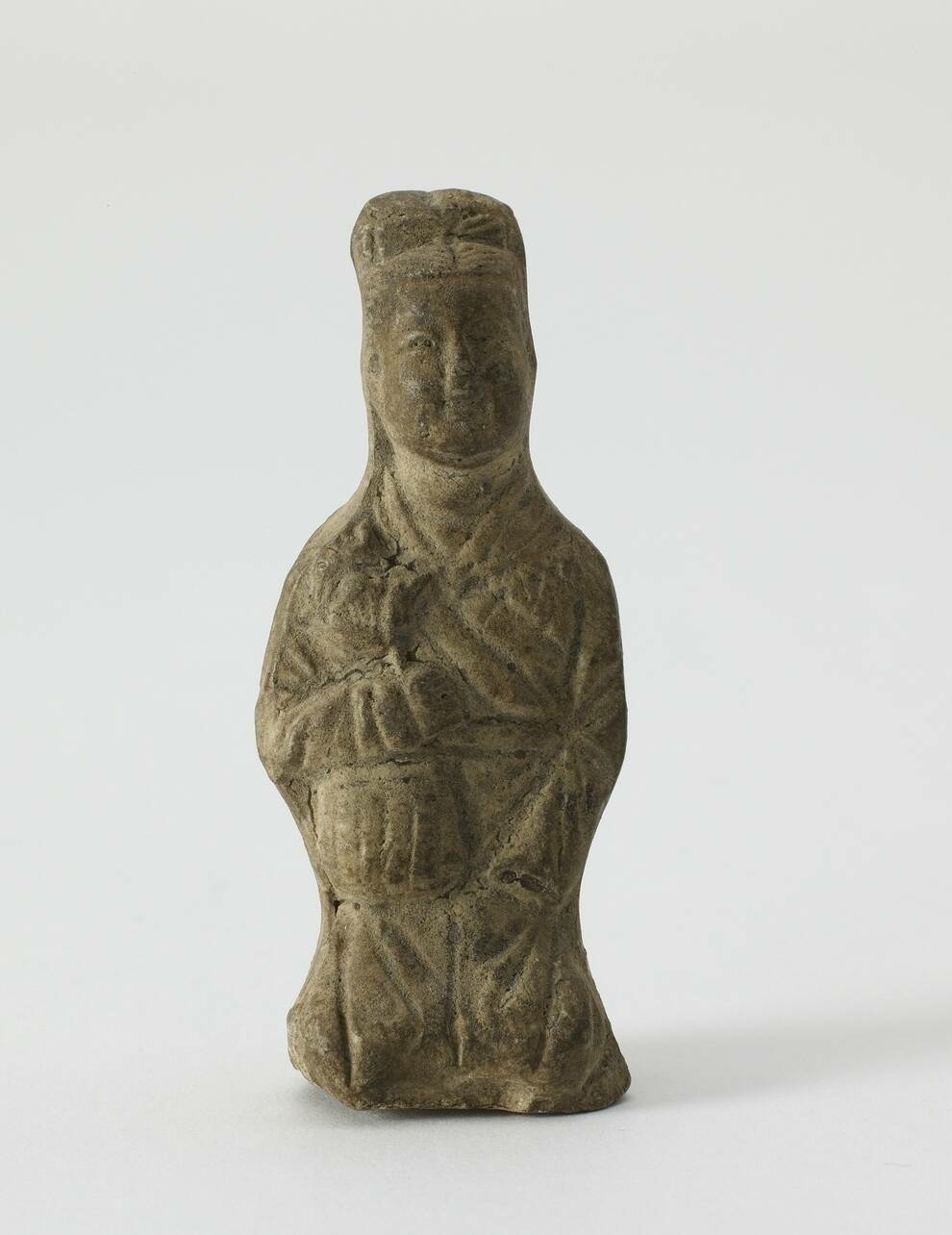
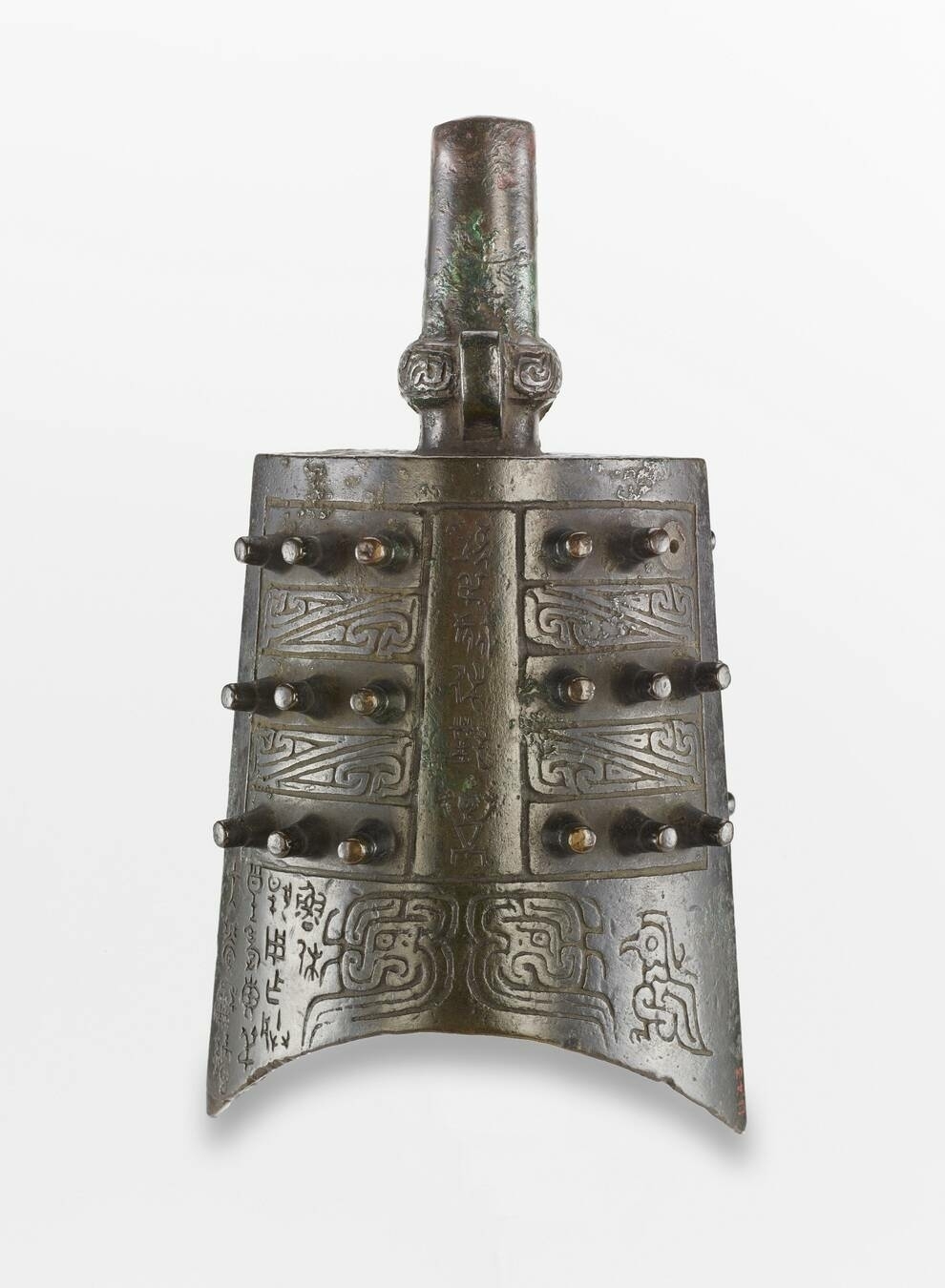
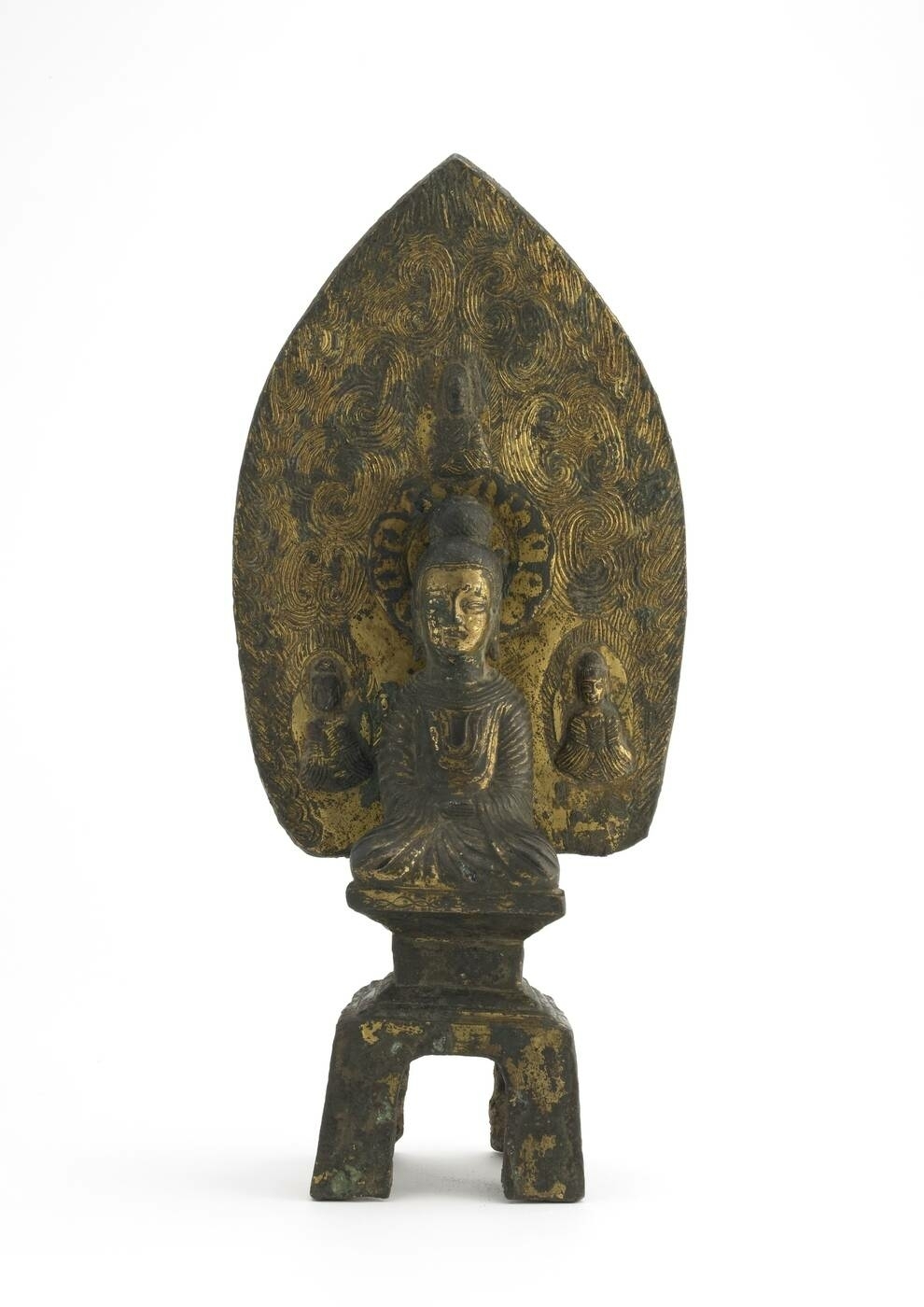
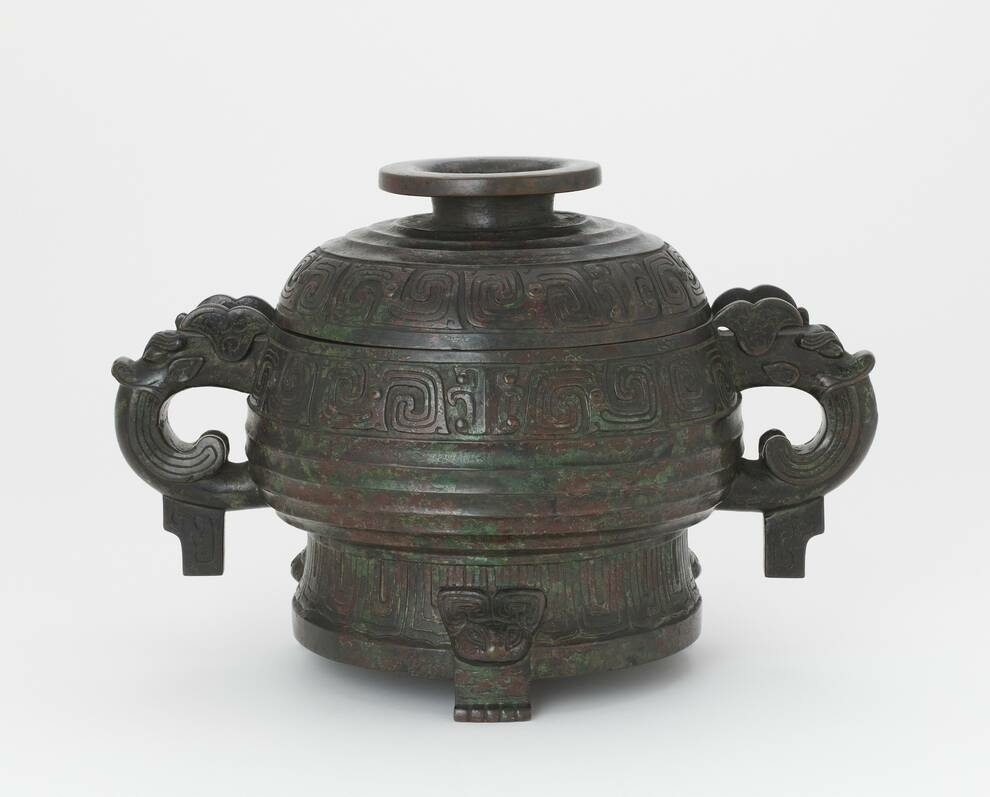
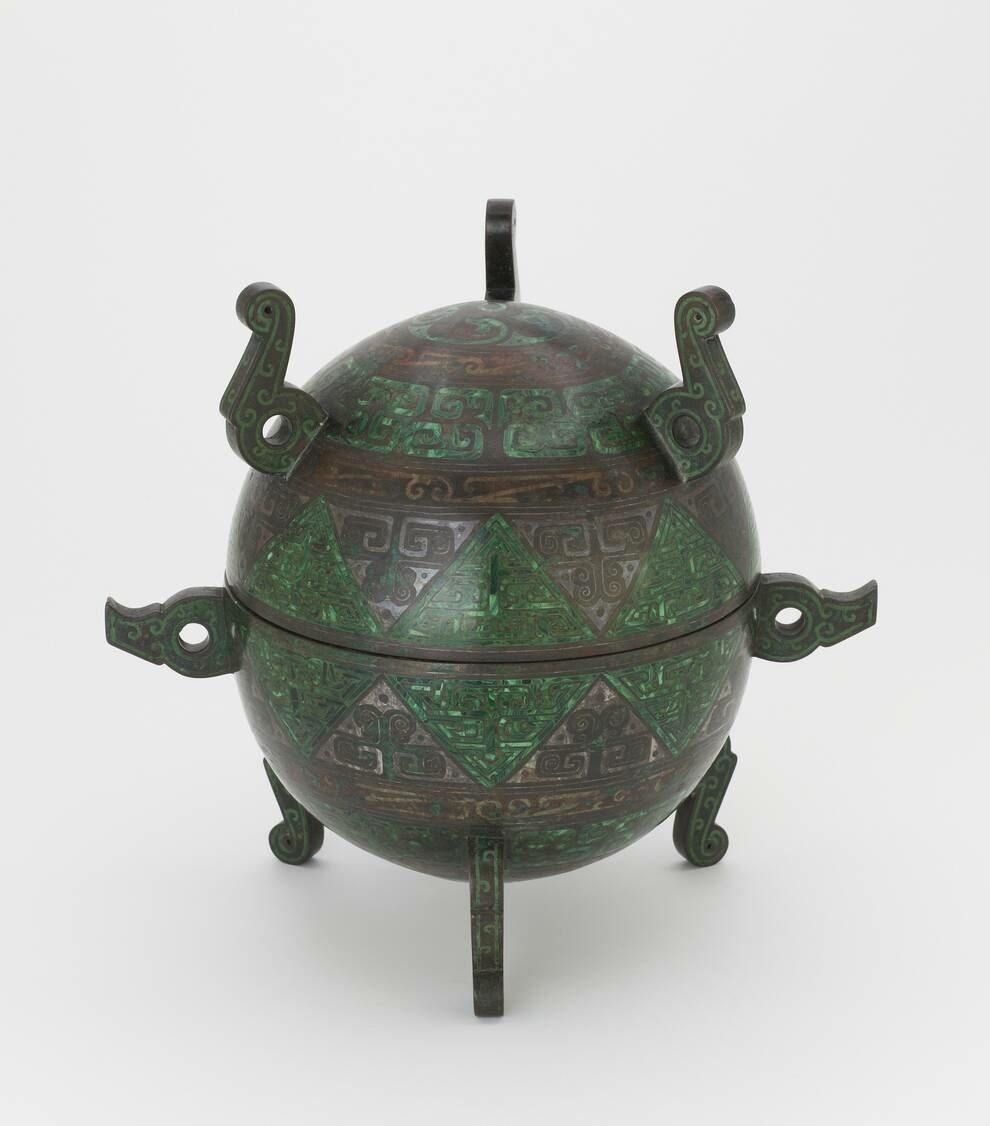
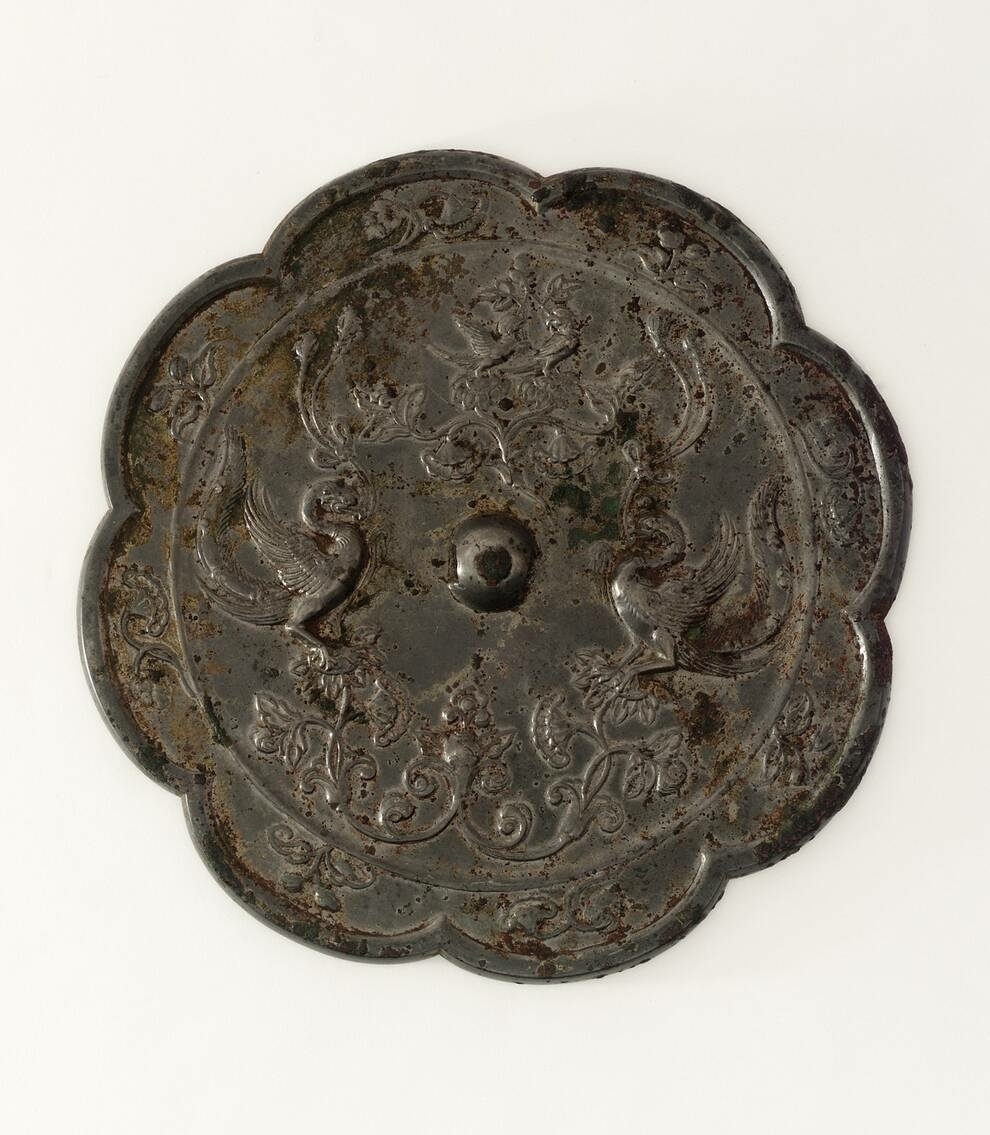
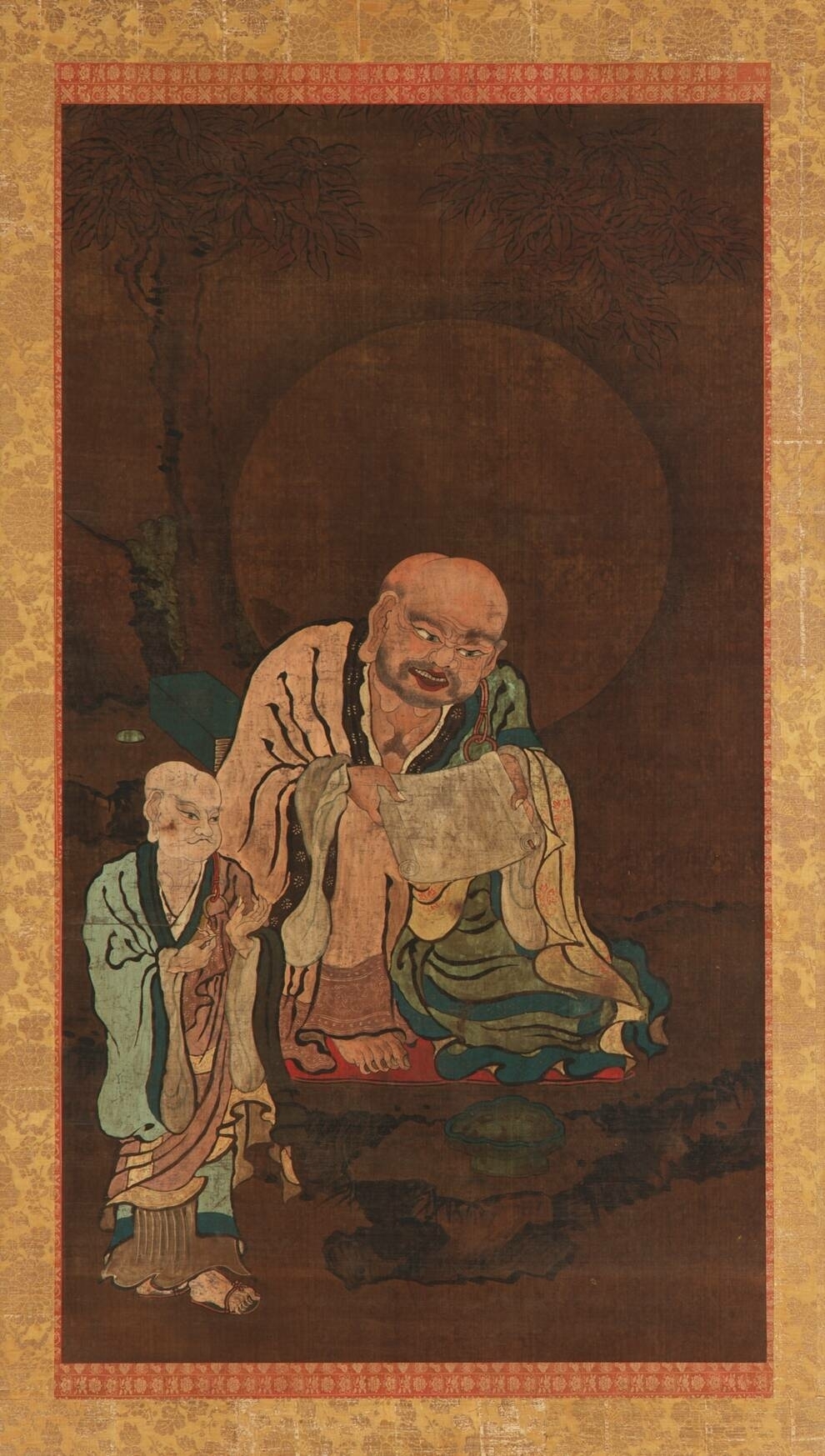
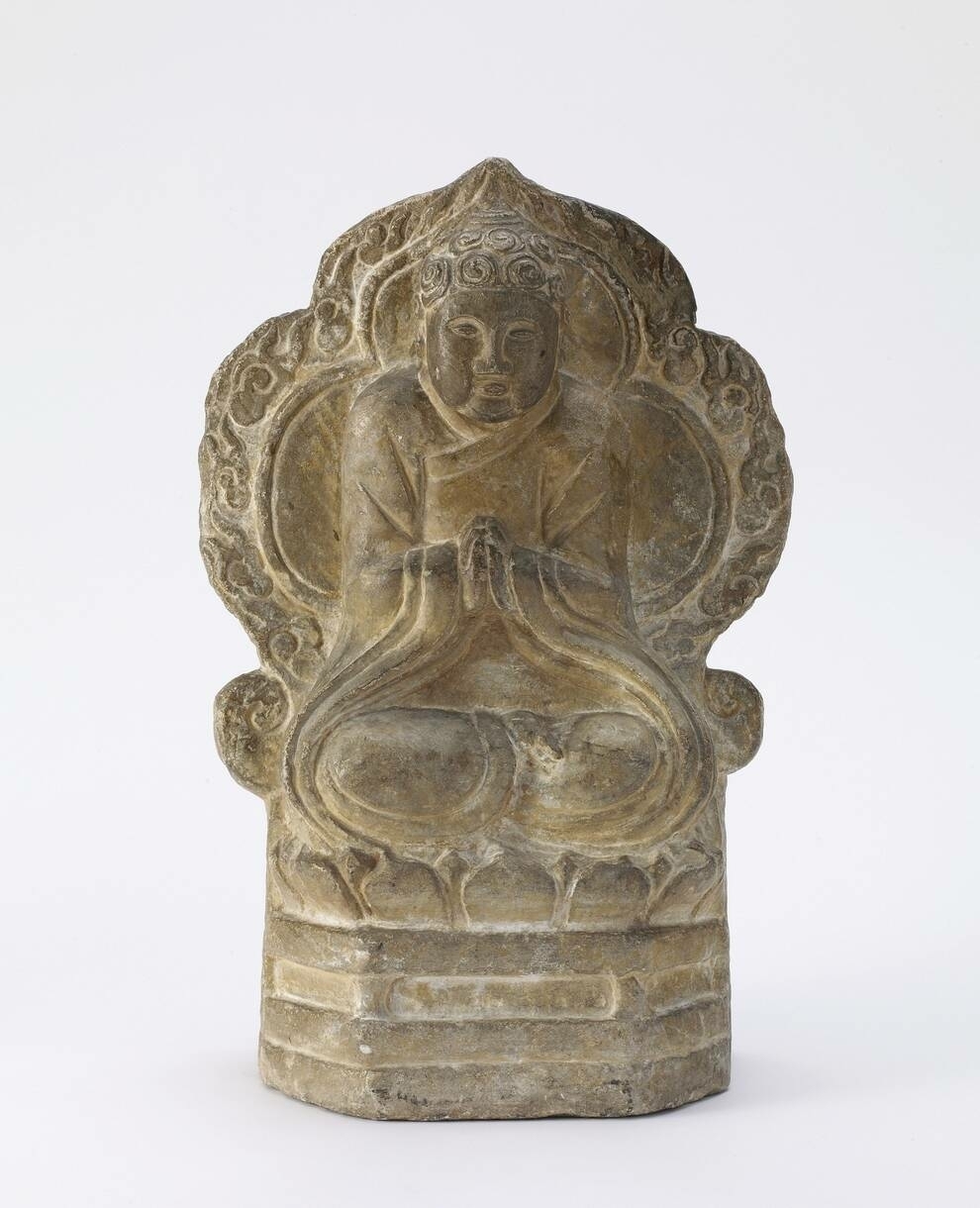
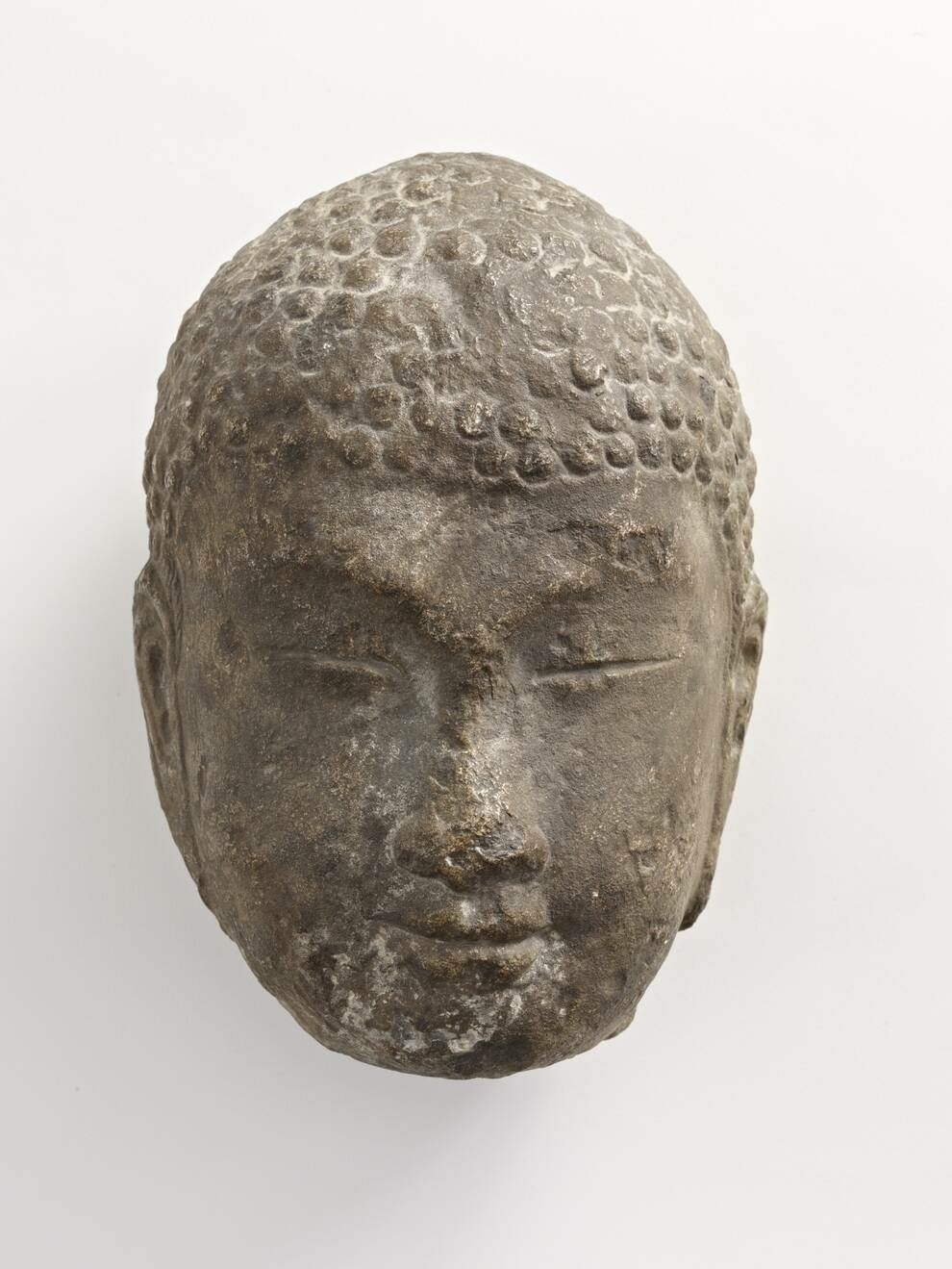

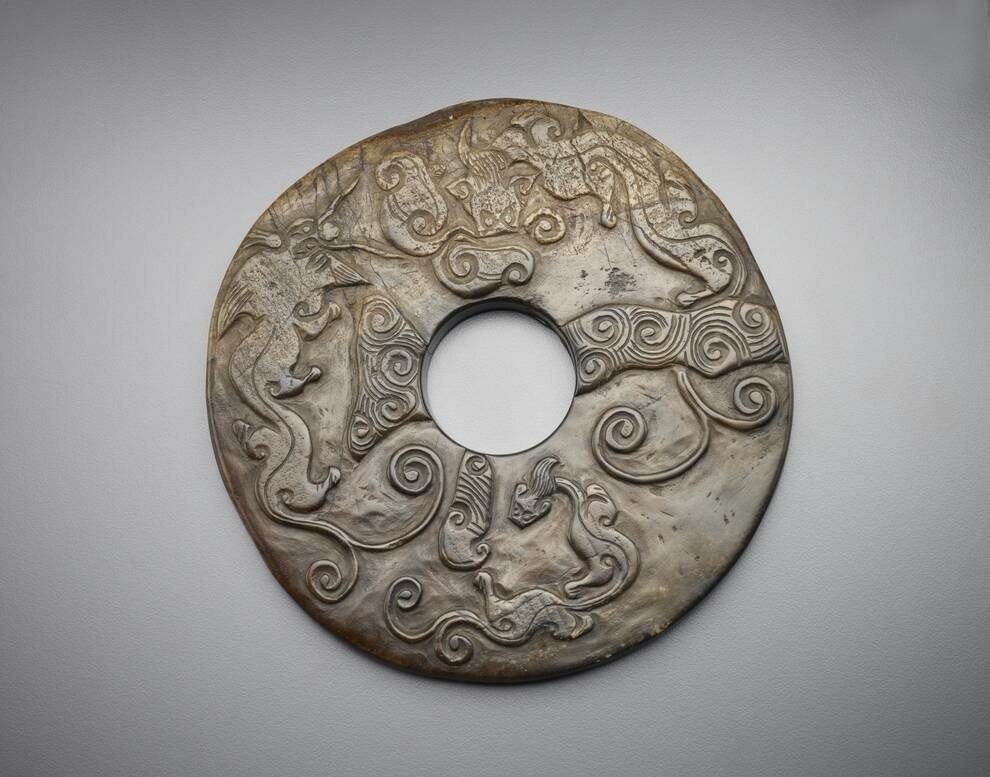
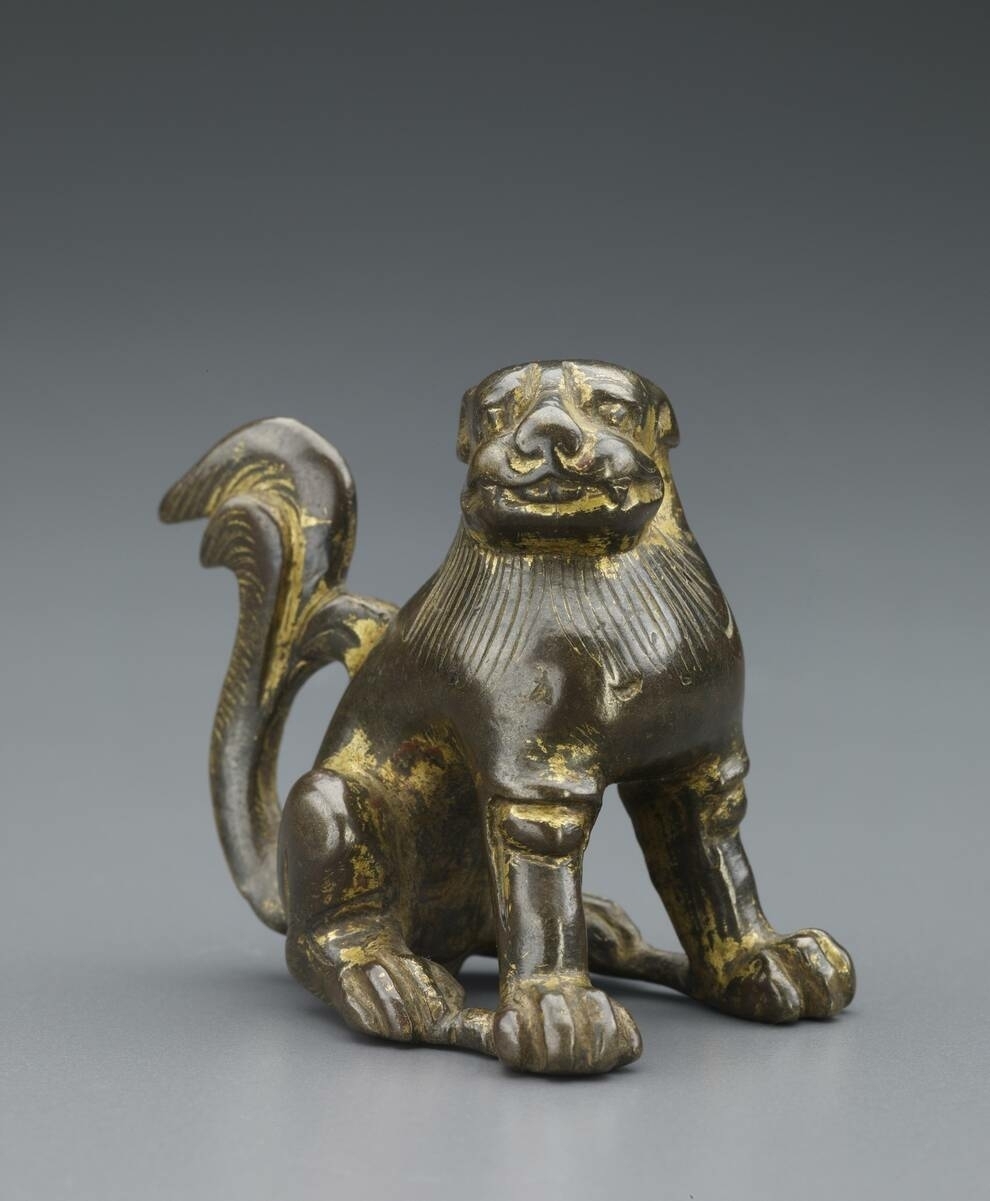
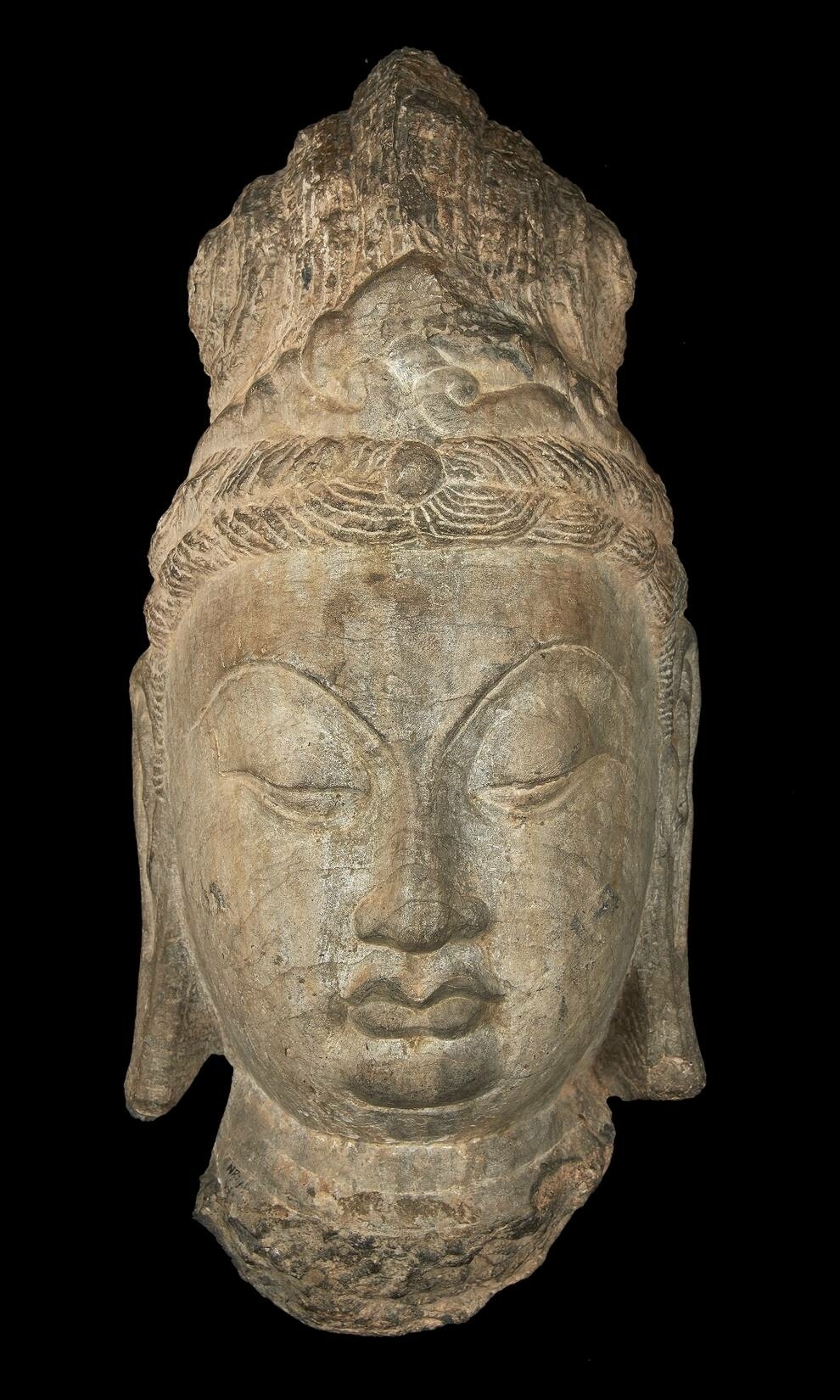
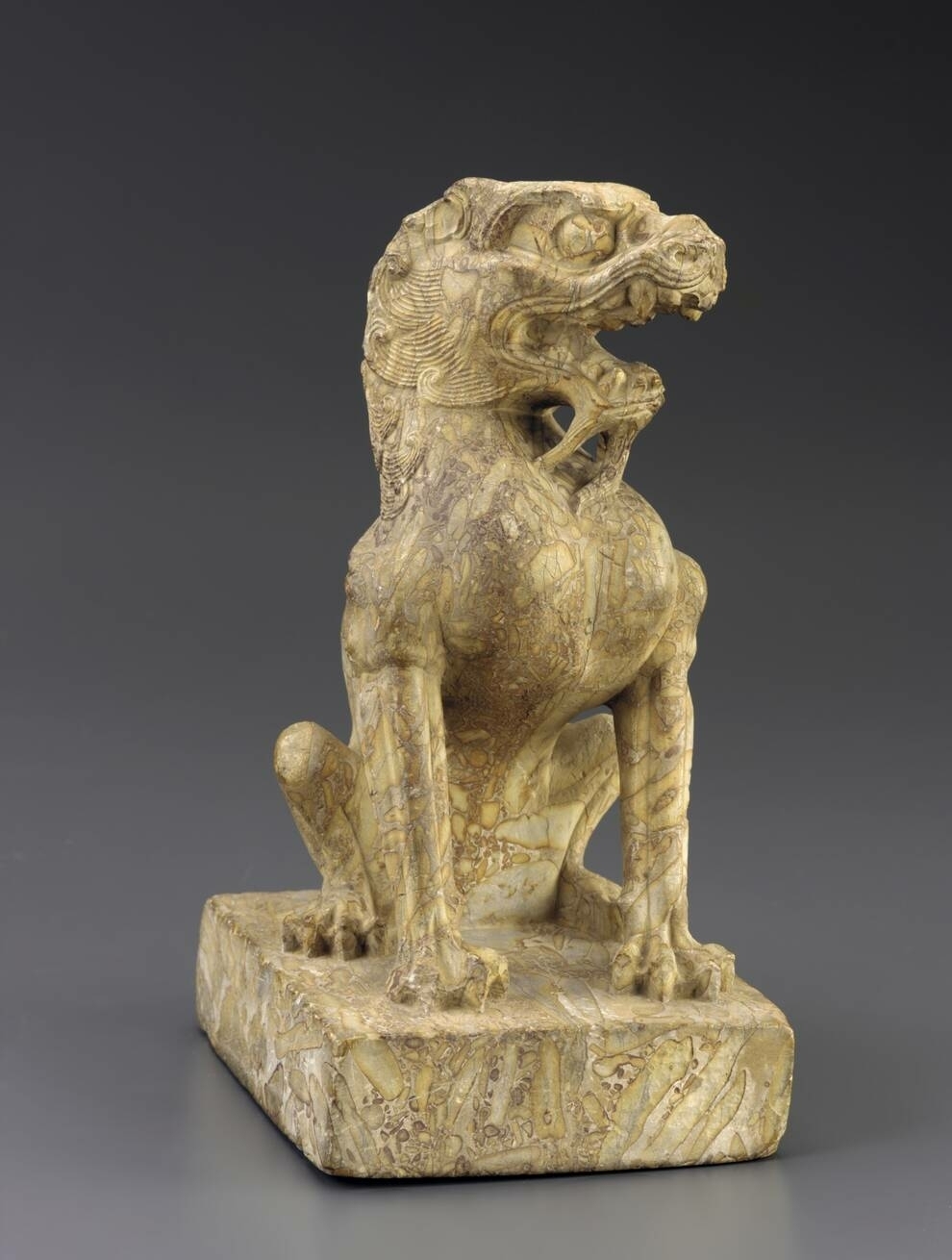
When the decision was made to transfer the collection to the Institute, Freer immediately donated 2,250 items. After his death, another 9500 artifacts and works of art were moved here. Among them were 3,400 thousand works from China, more than 1,800 thousand from Japan, almost 1,700 thousand from Egypt, as well as many other artifacts from different countries. Over the next 50 years, the Museum bought several thousand more rarities.
The proposal to turn the collection into an exhibition was received in 1905. Freer wrote a letter to Theodore Roosevelt, then President of the United States, with the idea of bequeathing the collection of artifacts. The collector showed concern not only for his heritage, but also for those who were supposed to keep an eye on it. He described the process of hiring a curator, set the salary that was to come from Freer's shares. In addition, he allocated the remaining income to study the art of middle Eastern and Asian countries. In 1916, the construction of the Freer gallery began, the construction of which was financed by the collector, allocating 1 million dollars.
In the next article, we will talk about the Freer Gallery of art, which is located in Washington (USA). And now we present Chinese rarities from his extensive collection.

Photo © asia.si.edu

Photo © asia.si.edu

Photo © asia.si.edu

Photo © asia.si.edu

Photo © asia.si.edu

Photo © asia.si.edu

Photo © asia.si.edu

Photo © asia.si.edu

Photo © asia.si.edu

Photo © asia.si.edu

Photo © asia.si.edu

Photo © asia.si.edu

Photo © asia.si.edu

Photo © asia.si.edu

Photo © asia.si.edu

Photo © asia.si.edu

Photo © asia.si.edu

Photo © asia.si.edu

Photo © asia.si.edu

Photo © asia.si.edu

Photo © asia.si.edu

Photo © asia.si.edu

Photo © asia.si.edu

Photo © asia.si.edu

Photo © asia.si.edu

Photo © asia.si.edu

Photo © asia.si.edu

Photo © asia.si.edu

Photo © asia.si.edu

Photo © asia.si.edu
